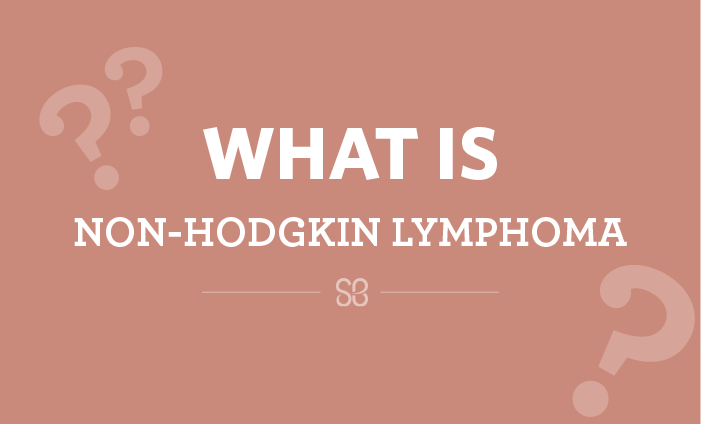
Dr. Matthew Barth is a St. Baldrick’s Scholar at the University of Buffalo in Buffalo, New York. He is studying ways to help kids with non-Hodgkin lymphoma who don’t respond to treatment.
What is non-Hodgkin lymphoma?
Non-Hodgkin lymphoma is a cancer of white blood cells called lymphocytes. Non-Hodgkin lymphoma generally involves the lymph nodes, but can also involve many other organs, including the bones, bone marrow, liver, spleen, brain and skin.
There are many types of non-Hodgkin lymphoma. Children tend to have more aggressive forms of the disease, while adults frequently have less aggressive forms. Non-Hodgkin lymphoma is very rare in children younger than 3 years old and is seen more often in adolescents.
Different types of non-Hodgkin lymphoma are more commonly diagnosed at different ages. For example, Burkitt lymphoma is the most common type in younger children, but in adolescents another type, called diffuse large B-cell lymphoma, becomes more common.
Overall, non-Hodgkin lymphoma accounts for about 7% of childhood cancer cases. Cases of the disease have been increasing over time, especially in older patients.
We need your help to find the best treatments for kids with cancer. Donate now to help them grow up and live long, healthy lives >
What are the signs and symptoms of non-Hodgkin lymphoma?
Though there are many types of non-Hodgkin lymphoma, most exhibit similar symptoms.
- Swollen lymph nodes
- Pain or obstruction of the airway or bowels from a large mass
- Fever
- Fatigue
- Weight loss
- Headaches
Some rarer types may show up as only a rash or skin lesions.
It is important to note that not all enlarged lymph nodes are lymphoma, just as the other symptoms don’t always indicate cancer.
How is non-Hodgkin lymphoma diagnosed?
If a doctor finds a mass that they suspect is non-Hodgkin lymphoma, they will order a chest x-ray, CT scan, MRI or ultrasound. Next, they will confirm their diagnosis by removing all or part of the mass and doing a biopsy.
What treatment options are available for patients with non-Hodgkin lymphoma?
The exact treatment course for non-Hodgkin lymphoma depends on which subtype is present.
In most cases, treatment includes multi-drug chemotherapy. Some patients with types of non-Hodgkin lymphoma that are harder to treat, or who aren’t responding to typical treatments, may also go on to receive higher dose chemotherapy, followed by a stem cell infusion to help replace bone marrow cells damaged by the high-dose chemotherapy and rebuild their immune system.
Patients may receive radiation as part of their treatment in rare cases.
How has research changed the outcome for this type of childhood cancer?
Research into non-Hodgkin lymphoma has been extremely successful in improving survival in children and adolescents with the disease.
Clinical trials have helped us learn which combinations of drugs is most effective and how to identify which patients respond best to a certain treatment. These advances have helped more kids survive non-Hodgkin lymphoma.
New treatments targeting specific types of cancer cells have led to exciting improvements in the treatment of many types of NHL. With these advances, the survival rate for the most common forms of non-Hodgkin lymphoma is close to 90%.
Research continues to be vital to help those 10-20% of children who do not respond to their therapy.
We can take childhood back from cancer. Fund lifesaving research today.
Read more from the St. Baldrick’s blog:


 SBF
Tweets »
SBF
Tweets »